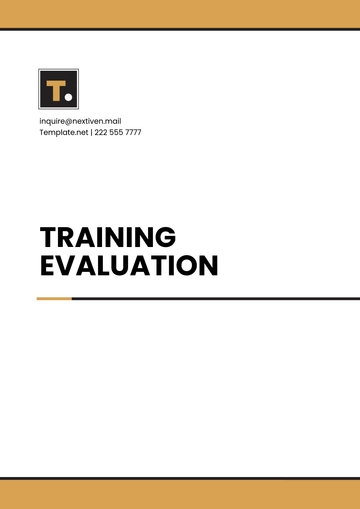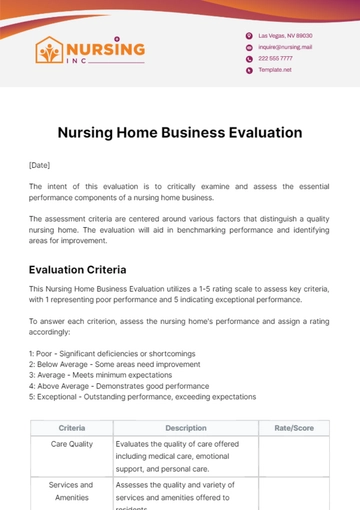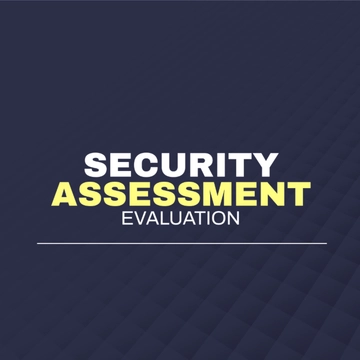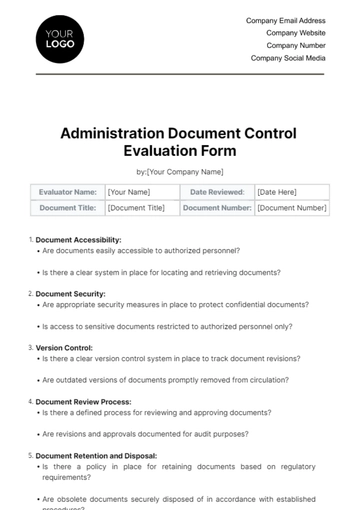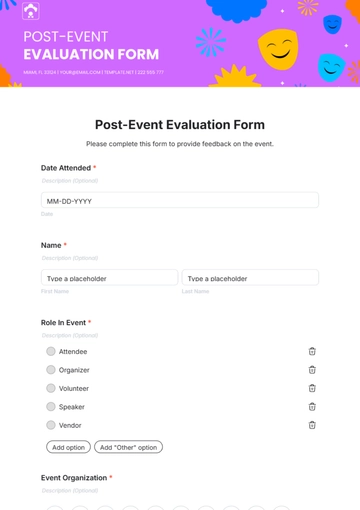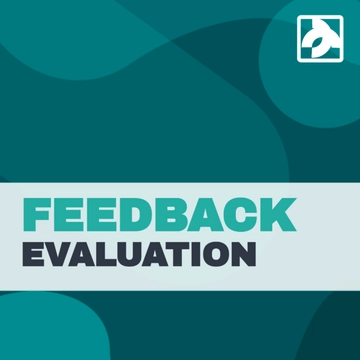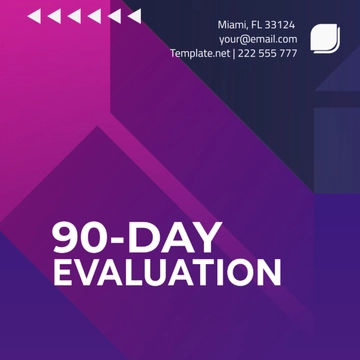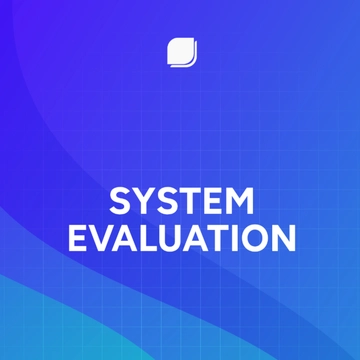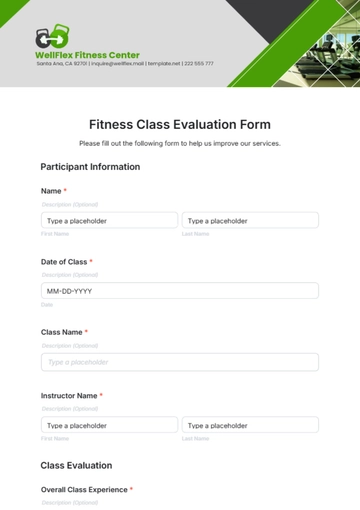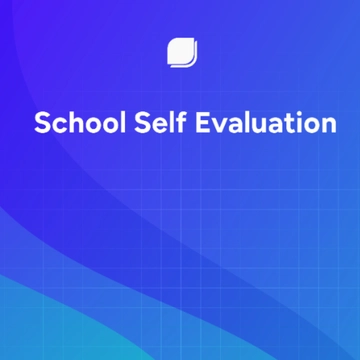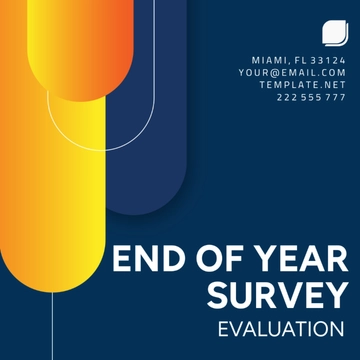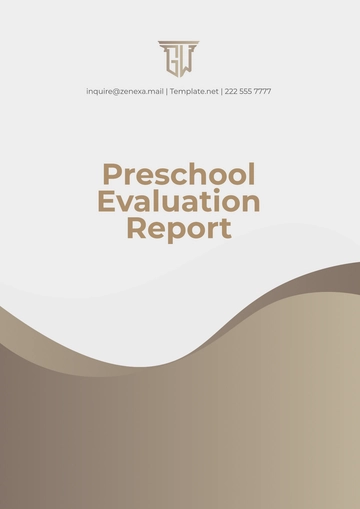Evaluation Report
Project Title: Community Digital Literacy Program
Evaluation Date: March 10, 2050
Evaluator: [Your Name]
Evaluation Methodology:
Data was collected through:
Participant surveys (pre- and post-program)
Instructor interviews
Observations during training sessions
Analysis of attendance and completion rates
Evaluation Findings
A. Relevance
The program addressed a critical need for digital literacy, as evidenced by community surveys conducted before its launch. Participants reported a lack of access to formal training, underscoring the program’s relevance.
B. Efficiency
The program was implemented within the projected timeline and budget, with 95% of resources utilized effectively. Some logistical challenges, such as scheduling conflicts, caused minor delays, but these were resolved promptly.
C. Effectiveness
Key Metrics Achieved:
87% of participants improved their digital skills, as measured by pre-and post-program assessments.
92% of participants expressed satisfaction with the training sessions.
Areas for Improvement:
D. Impact
The program’s impact extended beyond immediate skill development. Participants reported increased confidence in using digital tools and accessing online services, including job portals, educational resources, and government services.
E. Sustainability
The program has potential for sustainability through partnerships with local organizations. However, additional funding will be required to scale the initiative and provide advanced training modules.
Challenges
Despite the overall success of the Community Digital Literacy Program, several challenges were encountered during implementation. These are summarized below:
1. Participant Retention
Issue: Approximately 10% of enrolled participants dropped out before completing the program.
Cause: Scheduling conflicts with participants' work or personal commitments, as well as limited access to transportation.
Impact: Reduced the program’s ability to meet its full target of 500 participants.
2. Resource Limitations
Issue: Limited availability of laptops and internet access during training sessions.
Cause: Insufficient funding for additional equipment and infrastructure upgrades.
Impact: Created delays in hands-on training and hindered participants’ ability to practice independently.
3. Diverse Skill Levels
Issue: Participants came with varying levels of familiarity with technology, ranging from complete beginners to intermediate users.
Cause: The lack of a pre-assessment tool to segment participants by skill level.
Impact: Slowed the pace of sessions and led to uneven progress among participants.
4. Instructor Capacity
Issue: Instructors faced challenges in managing large groups and providing personalized attention.
Cause: High participant-to-instructor ratio due to budget constraints.
Impact: Limited individual support for participants who required additional help.
5. Sustainability Concerns
Issue: Difficulty securing long-term funding and resources for scaling the program.
Cause: Reliance on short-term grants and limited engagement with potential sponsors.
Impact: Risk of discontinuation if external funding is not sustained.
V. Conclusions
The Community Digital Literacy Program was successful in achieving its primary objectives, with significant improvements in participants’ digital literacy and access to online resources. Challenges such as participant retention and resource scalability were identified but do not detract from the program's overall success.
VI. Recommendations
Expand Outreach: Partner with more community organizations to increase participation, particularly among seniors and individuals with disabilities.
Refine Training Materials: Simplify and localize content to better suit participants’ varying literacy levels.
Address Retention Issues: Offer flexible scheduling options and provide transportation assistance to reduce dropout rates.
Pursue Additional Funding: Apply for grants to scale the program and introduce advanced modules.
Prepared By:
[Your Name]
[Your Position]
[Your Company Name]
[Your Email]




